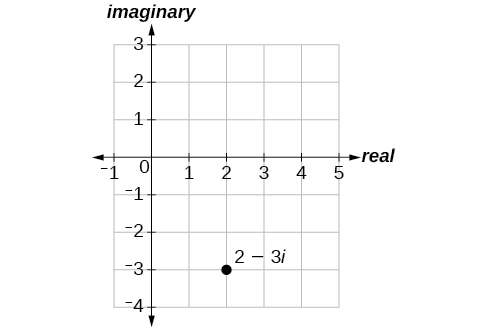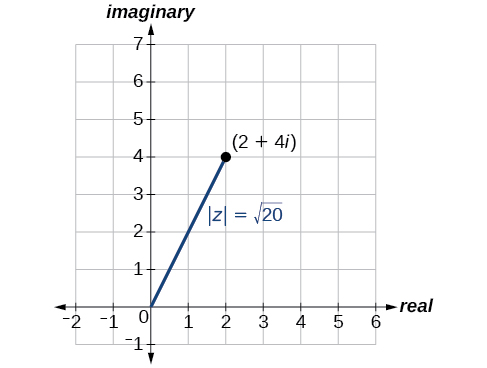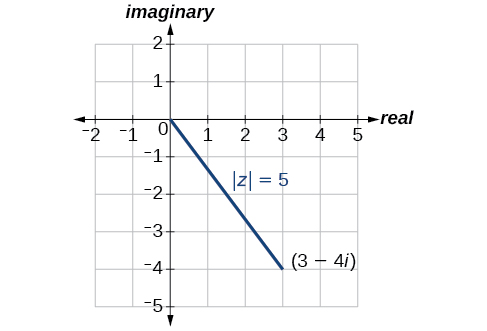| << Chapter < Page | Chapter >> Page > |
“God made the integers; all else is the work of man.” This rather famous quote by nineteenth-century German mathematician Leopold Kronecker sets the stage for this section on the polar form of a complex number. Complex numbers were invented by people and represent over a thousand years of continuous investigation and struggle by mathematicians such as Pythagoras , Descartes , De Moivre, Euler , Gauss , and others. Complex numbers answered questions that for centuries had puzzled the greatest minds in science.
We first encountered complex numbers in Complex Numbers . In this section, we will focus on the mechanics of working with complex numbers: translation of complex numbers from polar form to rectangular form and vice versa, interpretation of complex numbers in the scheme of applications, and application of De Moivre’s Theorem.
Plotting a complex number a+bi is similar to plotting a real number, except that the horizontal axis represents the real part of the number, a, and the vertical axis represents the imaginary part of the number, bi.
Given a complex number a+bi, plot it in the complex plane.
Plot the complex number 2−3i in the complex plane .
From the origin, move two units in the positive horizontal direction and three units in the negative vertical direction. See [link] .

The first step toward working with a complex number in polar form is to find the absolute value. The absolute value of a complex number is the same as its magnitude , or |z|. It measures the distance from the origin to a point in the plane. For example, the graph of z=2+4i, in [link] , shows |z|.

Given z=x+yi, a complex number, the absolute value of z is defined as
It is the distance from the origin to the point (x,y).
Notice that the absolute value of a real number gives the distance of the number from 0, while the absolute value of a complex number gives the distance of the number from the origin, (0, 0).
Find the absolute value of z=√5−i.
Given z=3−4i, find |z|.
Using the formula, we have
The absolute value z is 5. See [link] .


Notification Switch
Would you like to follow the 'Algebra and trigonometry' conversation and receive update notifications?